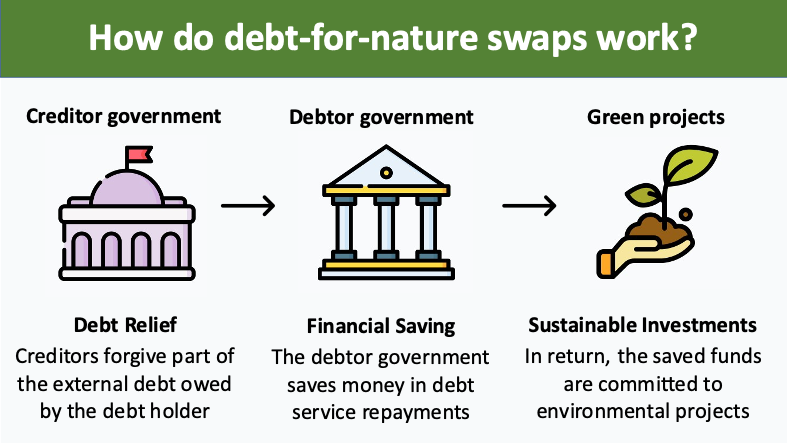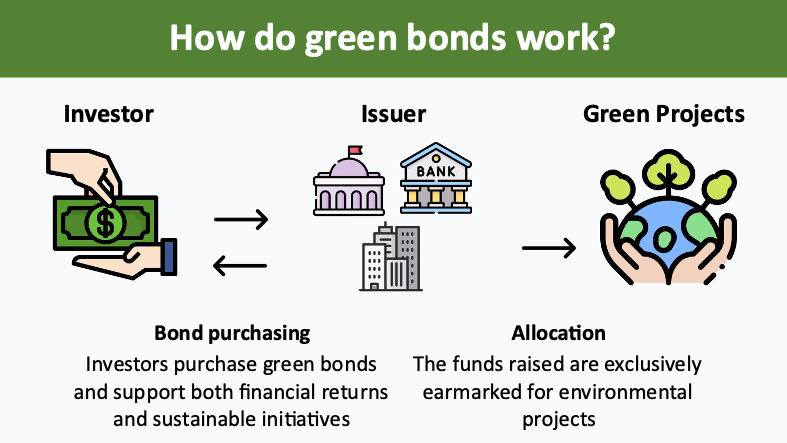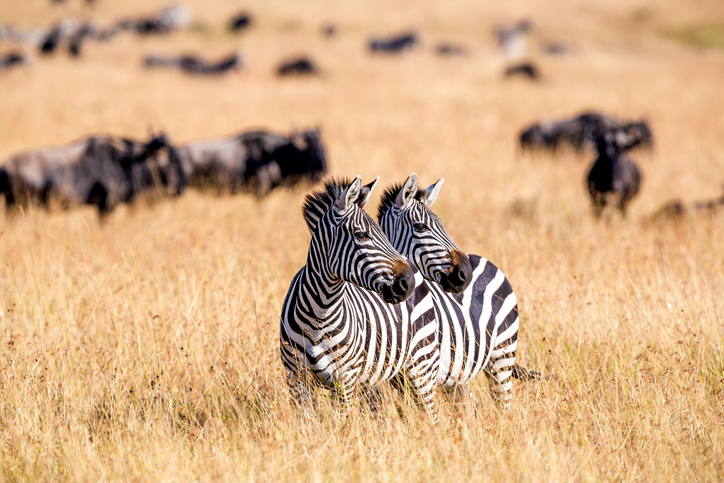We are amidst a staggering wildlife extinction rate and face the imminent challenge of biodiversity loss. This blog offers policymakers actionable insights to tackle this challenge – discussing financial instruments that turn conservation plans into attractive investment opportunities – such as debt-for-nature swaps, green bonds, and payment for environmental services.
The current global rate of extinction is at its highest point in 10 million years. We are losing 100 species every day. The primary culprit? The global food system which threatens 86% of species today.
Earth is home to an estimated 8.7 million unique species. Each plays an important role in maintaining balance in our ecosystem.
In 2023, the World Economic Forum ranked biodiversity loss as the fourth biggest global risk over the next 10 years. This loss not only jeopardizes our planet’s health but also carries significant financial, reputational, and business risks. It exacerbates social and economic inequalities and increases pressure on governments and businesses to thwart environmental damage.
How do investments support biodiversity?
We need financial investments from the private sector and from public organizations that support actions that “protect, restore, enhance the sustainable use and management of nature, or enable these actions”. Nature-positive finance can support biodiversity in four different ways:
- Protection Activities that maintain the current status and condition of biodiversity and ecosystems.
- Restoration Actions that assist the recovery or preservation of an ecosystem that has been degraded, damaged or destroyed.
- Sustainable use and management of nature Supporting the use of nature in a way and at a rate that does not lead to long-term biodiversity loss.
- Enabling conditions Policies, models and sectoral instruments, incentives, data and other tools enabling the aforementioned activities.
Clearly, organizations need to incorporate biodiversity into their investment portfolios. We are already seeing positive moves here. Intensa Sanpaolo was the first Italian bank to issue a green bond in 2017, for which it has developed specific frameworks that comply with the Green Bond Principles, the Social Bond Principles and the Sustainability Bond Guidelines of the International Capital Market Association.
Separately, international finance institutions, like the International Fund for Agricultural Development (IFAD), also embed biodiversity concerns into their investments. IFAD’s ‘Rural Sustainable Development Project in Bahia’ (2014-2022) in Brazil enhanced the local biodiversity of agricultural crops by investing in a Creole Seed Programme, which rescues creole seeds for family production, that restored more than 1,000 hectares of the precious Caatinga biome.
Further, the recently adopted Kunming-Montreal Global Biodiversity Framework (GBF) explicitly calls on actors to use innovative finance instruments to help meet the target of raising $200 billion for nature conservation from public and private sources annually by 2030.
Financial tools to support biodiversity
As organizations increasingly recognize the urgency of integrating biodiversity into investment strategies, various financial tools have emerged as effective means of addressing this critical issue. In this section we examine an array of financial mechanisms driving biodiversity conservation and explore how they’re reshaping the landscape of environmental finance.
Debt-for-nature swaps: These have seen exciting success in a number of countries, including Belize and Ecuador. Debt-for-nature swaps involve an international conservation organization and local organizations purchasing a country’s foreign debt at a discounted rate and converting it into local currency debt. The proceeds from this transaction are then used to fund conservation activities. This approach relies on the willingness of commercial banks or governments to buy debt at less than the full value of the original loan. Many developing countries, that are unable to repay their debts in full, find this approach attractive.
In Belize, a $553 million debt-for-nature swap to protect coral reefs cut the Caribbean country’s external debt by 10% of its GDP. Ecuador completed the highest debt-for-nature-swap, which involved repurchasing US$1.6 billion in bonds, saving US$1.1 billion in debt service repayments with US$450 million invested in conservation activities.
Many of the countries most vulnerable to climate change, with limited access to traditional loans, can enhance resilience and access fiscal resources through debt-for-nature swaps.

Source: Picture adapted from Dialogo Chino Blog
Green bonds: These are standard bonds, but with a bonus “green” feature and are characterized by flat pricing – meaning that their price is the same as that of ordinary bonds. Green bonds for biodiversity ensure that proceeds from the sale of bonds are invested in projects that generate biodiversity conservation or benefits.
The Responsible Commodities Facility in Brazil is a financing program, managed by an established, dedicated fund management company, that is supported by green bonds. It offers financial incentives to Brazilian farmers to produce soy on already cleared and degraded lands, and aims to discourage further expansion of agricultural land. The program also offers low-interest credit lines to Brazilian farmers who commit to avoiding clearing forests, with the overarching goal of protecting or restoring 1.5 million hectares of natural habitat.

Source: Picture adapted from Dialogo Chino Blog
Payment for Environmental Services: These mobilize and direct finance from various government funds, including fuel tax and water charges, towards farmers or landowners for providing an ecological service, such as watershed protection.
Some countries have mainstreamed Payment for Ecosystem Services into national policies, including Costa Rica which uses fuel taxes, carbon credits and strategic alliances with the public and private sector to raise capital for forest and ecosystem conservation. IFAD, for instance, has collaborated with the non-profit organization, The Nature Conservancy on the Upper-Tana Water Fund in Kenya. It directed finance from public and private water-dependent organizations to pay farmers to manage their land sustainably and restore degraded land.
Biodiversity credits: Biodiversity credits are an emerging innovative finance mechanism that serve as an asset resulting from investments in biodiversity restoration, conservation, and development. These credits are sold to companies seeking to fulfil their ESG (environmental, social, and governance) commitments. They support endeavors that generate net positive biodiversity gains, allowing companies to undertake nature-positive actions and contribute to long-term conservation and restoration efforts. Biodiversity credits help both the private and public sectors achieve a nature-positive economic system.
Blending opportunities
Blended finance can include a mix of guarantees, grants, concessional loans, equity investments, and insurance to address distinct investment challenges. This approach presents an opportunity to narrow the divide between the requirements of small-scale farmers and investors’ uncertainties regarding how to effectively engage with them in rural areas.
One example is in Maharashtra, India. IFAD partnered with the Government of Maharashtra and employed blended finance to empower women in 1 million households to start and expand competitive businesses.
Prioritizing communities and biodiversity in money at scale
Most investments from international finance institutions include mandatory safeguards which mitigate biodiversity and pollution risks. As part of these safeguards, it is important to ensure that nature-positive investments increase communities’ rights to resources, and they are given an active role in decision making. Engagement with local communities through Free, Prior, and Informed Consent is critical at this stage.
As we navigate the intricate balance between economic development and environmental conservation, these financial innovations will be crucial building blocks for a harmonious coexistence between nature and humanity.






